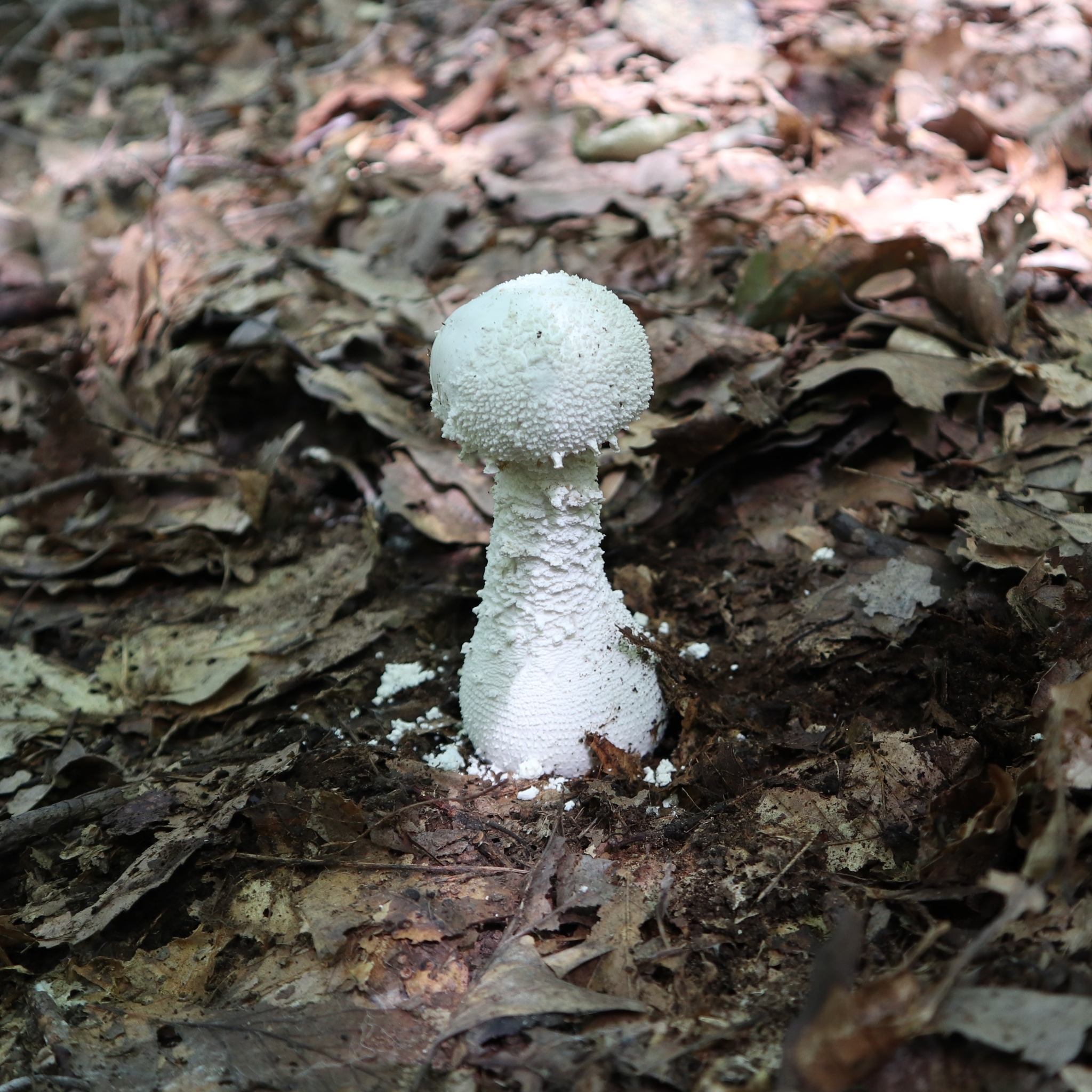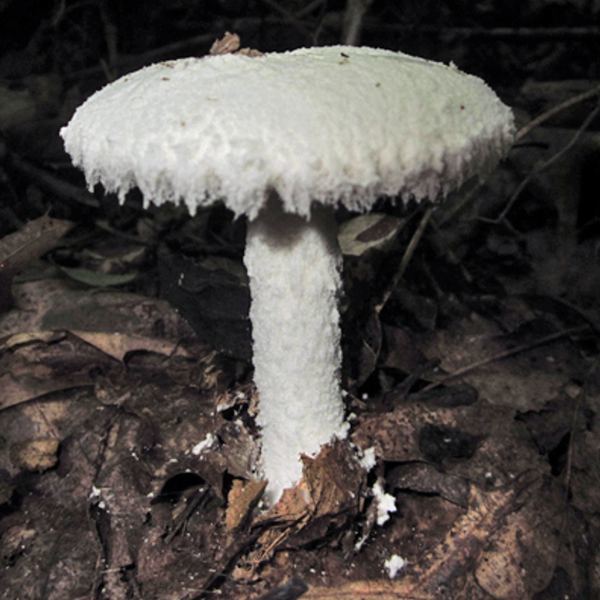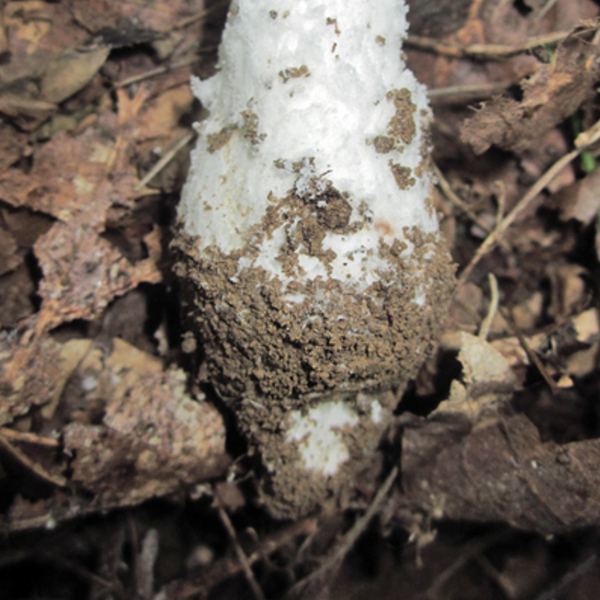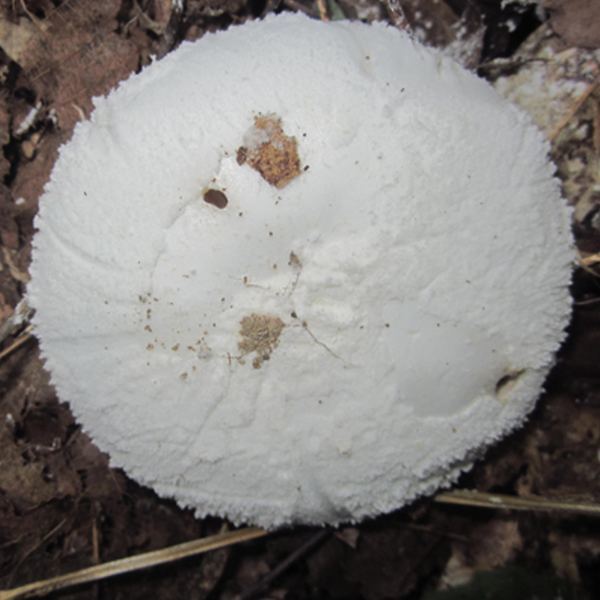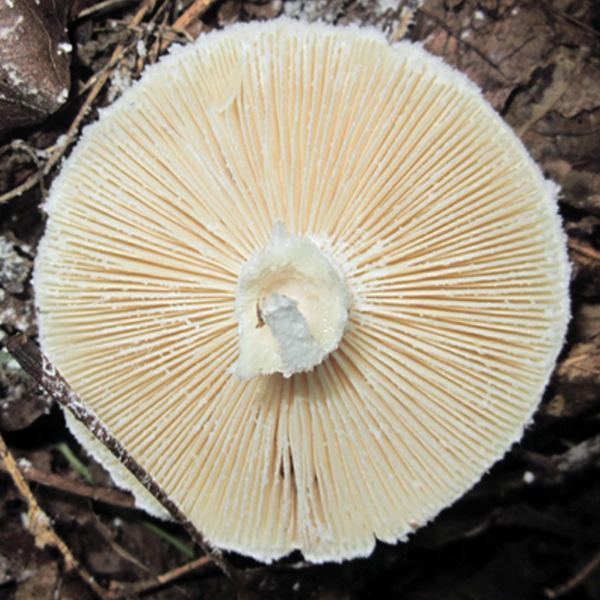










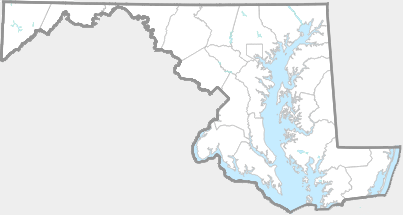
Very large Amanita with cap approaching 8" wide. It has a slight chlorine odor and the annulus tears away from the stem. Warted, basal bulb is obviously wider than the stem.
Poisonous to humans.
There are 20 records in the project database.
| GA | AL | WA | FR | CL | MO | HO | BA | BC | HA | CE | PG | AA | CV | CH | SM | KE | QA | CN | TA | DO | WI | SO | WO |


